The world is home to countless remarkable sites, but certain landmarks of the world stand out due to their historical, cultural, and architectural significance. Among these is the Great Wall of China, an iconic structure that stretches over 13,000 miles, showcasing the ingenuity of ancient engineering. Another must-see is the Taj Mahal in India, a stunning mausoleum built as a tribute to love, renowned for its intricate designs and beautiful gardens. Other notable landmarks include the Eiffel Tower in Paris, the Colosseum in Rome, and Machu Picchu in Peru, each representing unique facets of human history and creativity.
Visiting these landmarks of the world offers not only a glimpse into the past but also an appreciation for the diverse cultures that shaped them. The Statue of Liberty in New York symbolizes freedom and democracy, while Petra in Jordan enchants visitors with its breathtaking rock-cut architecture. Additionally, the Pyramids of Giza stand as a testament to ancient Egyptian civilization, and the Christ the Redeemer statue in Brazil offers panoramic views of Rio de Janeiro. Exploring these landmarks enriches our understanding of global heritage and reminds us of the beauty that can be found in different corners of the earth.
Top 10 Landmarks Of The World
1. Eiffel Tower, Paris, France
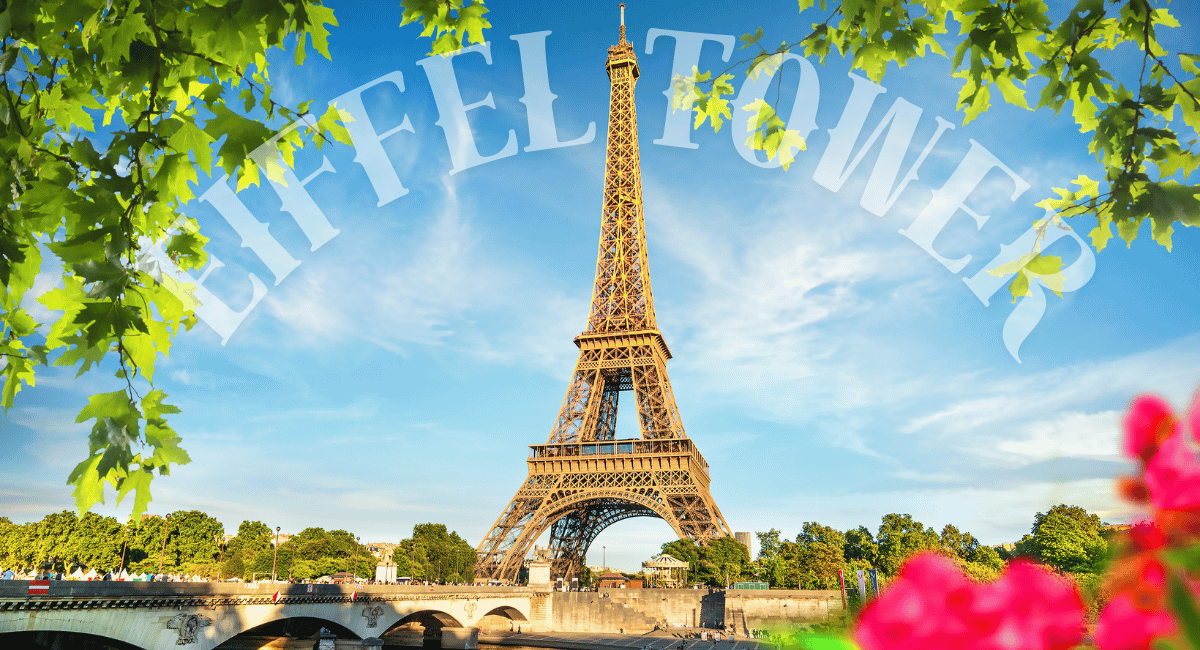
The Eiffel Tower, located in Paris, France, stands as one of the most recognizable landmarks of the world. Completed in 1889 as the entrance arch for the 1889 Exposition Universelle (World’s Fair), this iron lattice tower was designed by engineer Gustave Eiffel. Rising to a height of 1,083 feet (330 meters), it held the title of the tallest man made structure in the world for 41 years until it was surpassed by the Chrysler Building in New York City. The tower is not only an architectural marvel but also offers breathtaking panoramic views of Paris from its observation decks, attracting millions of visitors each year.
As a symbol of romance and culture, the Eiffel Tower has become an integral part of Parisian identity and is often featured in literature, films, and art. The tower is illuminated every evening, casting a magical glow over the city and enchanting tourists and locals alike. Its presence among the landmarks of the world represents not only the ingenuity of human engineering but also the rich history and vibrant culture of France. Whether viewed from a distance or experienced up close, the Eiffel Tower remains an iconic destination that continues to captivate the hearts of those who visit.
2. Great Wall of China

3. Machu Picchu, Peru
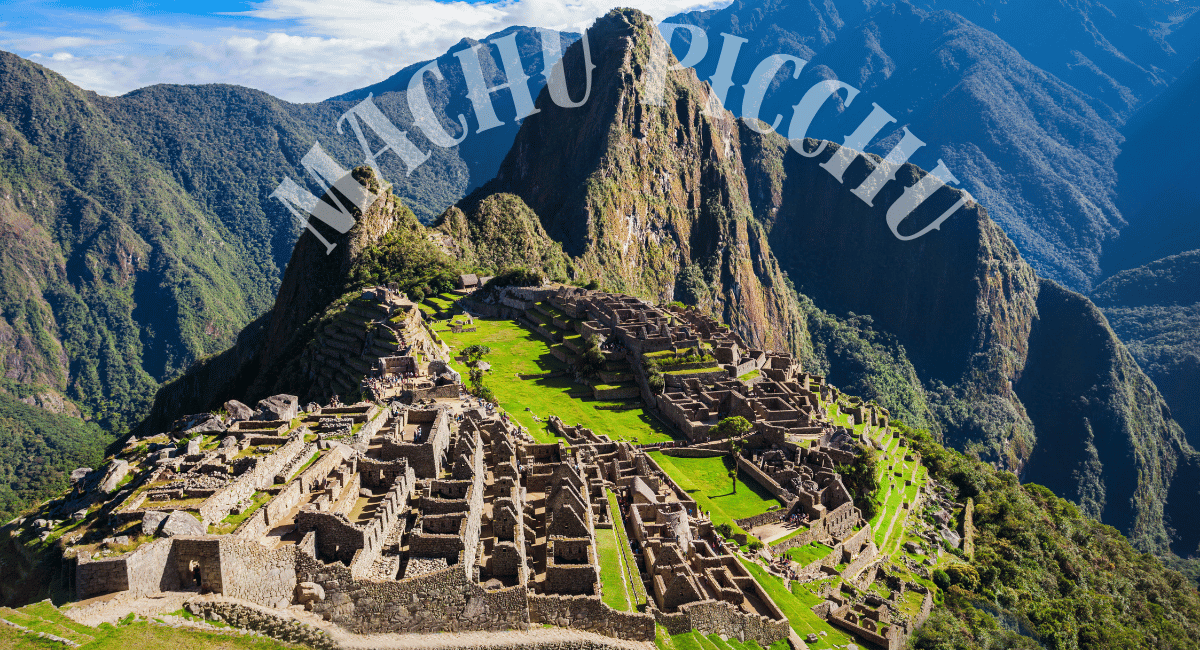
Machu Picchu, the breathtaking Incan citadel nestled high in the Andes Mountains of Peru, is one of the most celebrated landmarks of the world. Constructed in the 15th century, this archaeological marvel showcases the ingenuity of Incan architecture and engineering. Surrounded by stunning mountain landscapes and lush greenery, Machu Picchu features terraced fields, sophisticated water management systems, and intricately built stone structures, all of which demonstrate the advanced skills of the Inca civilization. The site’s remote location and dramatic setting contribute to its mystique, making it a popular destination for travelers and history enthusiasts alike.
As a UNESCO World Heritage Site, Machu Picchu not only serves as a testament to the achievements of the Inca Empire but also attracts millions of visitors each year who seek to experience its historical significance and natural beauty. Trekkers often embark on the famous Inca Trail, which leads to the citadel and offers stunning views of the surrounding landscapes. Machu Picchu remains a symbol of cultural heritage and is undoubtedly one of the most iconic landmarks of the world, inspiring awe and admiration in all who visit. Its enduring legacy continues to captivate the hearts and minds of people from all corners of the globe.
4. Taj Mahal, Agra, India
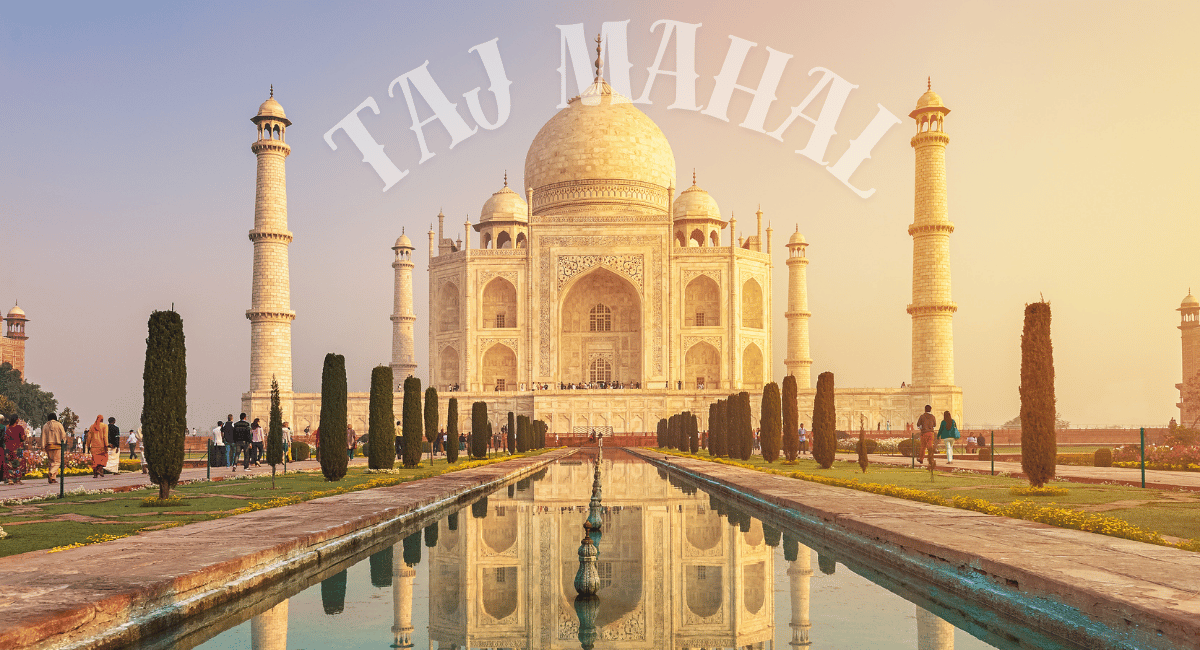
The Taj Mahal, located in Agra, India, stands as a breathtaking symbol of love and an architectural masterpiece among the landmarks of the world. Commissioned by Mughal Emperor Shah Jahan in memory of his beloved wife, Mumtaz Mahal, this stunning white marble mausoleum is renowned for its intricate carvings, beautiful gardens, and symmetrical design. Completed in 1653, the Taj Mahal is a UNESCO World Heritage Site and attracts millions of visitors each year, who come to marvel at its grandeur and the romantic story behind its creation. The changing colors of the marble throughout the day create a mesmerizing spectacle, further enhancing its allure as one of the most cherished landmarks of the world.
Beyond its aesthetic beauty, the Taj Mahal also reflects the rich history and cultural heritage of India. The exquisite craftsmanship involved in its construction showcases the artistic achievements of the Mughal Empire, blending Persian, Indian, and Islamic architectural styles. Visitors can explore the surrounding gardens, which are designed in the traditional Persian style, and experience the serene atmosphere that the monument exudes. As one of the most recognized landmarks of the world, the Taj Mahal continues to inspire awe and admiration, serving as a testament to enduring love and the extraordinary skills of those who built it.
5. Colosseum, Rome, Italy
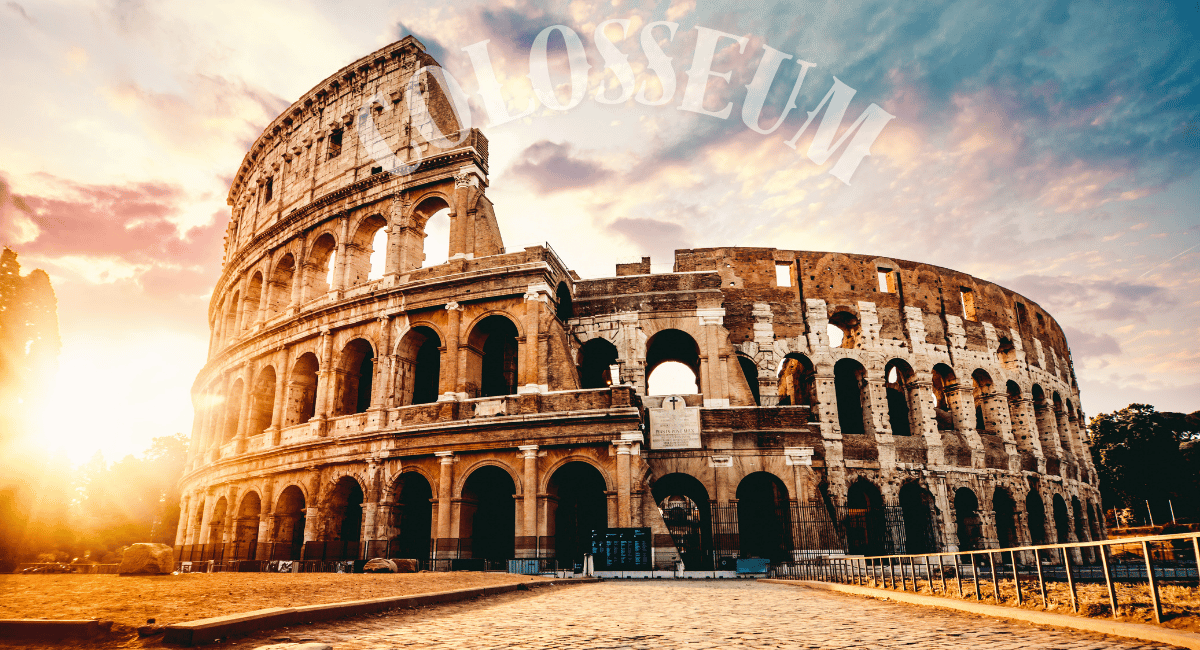
The Colosseum, an iconic symbol of Ancient Rome, stands as one of the most remarkable landmarks of the world. Completed in AD 80, this massive amphitheater once hosted gladiatorial contests, public spectacles, and various events that captivated the Roman populace. With its impressive architecture, including a series of arches and a sophisticated system of vaults, the Colosseum could hold over 50,000 spectators. Today, it serves as a powerful reminder of Rome’s architectural ingenuity and a testament to its rich history.
Visiting the Colosseum is an unforgettable experience for anyone exploring Rome. As you walk through its ancient corridors and imagine the roar of the crowd, you can appreciate why it is considered one of the most significant landmarks of the world. The site has not only preserved its historical significance but has also inspired countless artists, writers, and filmmakers over the centuries. Whether you’re interested in history, architecture, or culture, the Colosseum remains a must-see destination that continues to enchant millions of visitors each year.
6. Statue of Liberty, New York City, USA

The Statue of Liberty, an iconic symbol of freedom and democracy, stands majestically on Liberty Island in New York Harbor. Gifted by France to the United States in 1886, this colossal statue was designed by French sculptor Frédéric Auguste Bartholdi and dedicated as a welcoming sight for immigrants arriving by sea. The statue stands at 305 feet tall, including its pedestal, and features Lady Liberty holding a torch in her right hand, symbolizing enlightenment and the pursuit of liberty. As one of the most recognized landmarks of the world, the Statue of Liberty attracts millions of visitors each year who come to marvel at its grandeur and the significant ideals it represents.
As a UNESCO World Heritage Site, the Statue of Liberty is not only a representation of American values but also a powerful symbol of hope and freedom for people around the globe. Its location on Liberty Island provides visitors with stunning views of the New York City skyline and the surrounding harbor, enhancing the experience of this remarkable landmark. Whether viewed from the ferry ride or up close, the statue embodies the spirit of inclusion and opportunity, making it a must-visit for anyone exploring the landmarks of the world. The Statue of Liberty continues to inspire individuals and stands as a testament to the enduring values of liberty and justice.
7. Sydney Opera House, Australia
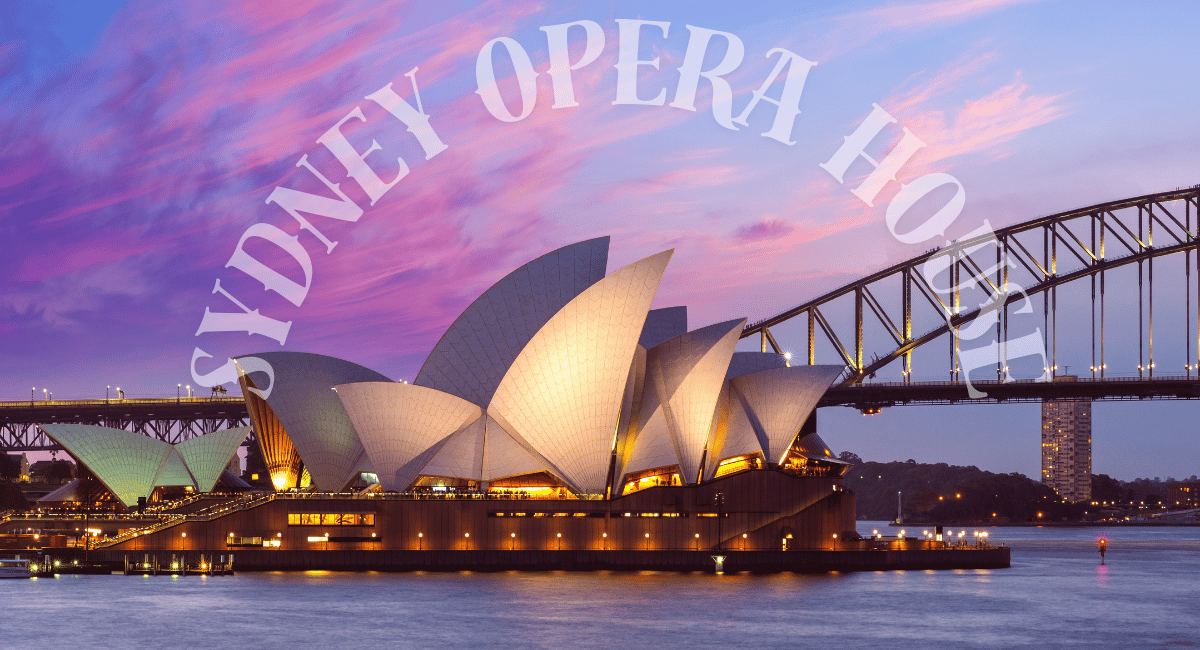
The Sydney Opera House is one of the most recognizable and celebrated landmarks of the world, renowned for its stunning architectural design and cultural significance. Located on Bennelong Point in Sydney Harbour, this iconic structure features a unique shell-like design, consisting of a series of white, sail-like roofs that seem to rise from the waterfront. Designed by Danish architect Jørn Utzon and completed in 1973, the opera house has become a symbol of Australia and a focal point for the arts, hosting over 1,500 performances each year, including opera, ballet, and theater. Its breathtaking location and innovative design make it a must-see attraction for visitors from around the globe.
Australia is one of the most beautiful countries in the world and Beyond its architectural brilliance, the Sydney Opera House is also a hub for cultural activities and events, drawing millions of tourists each year. It offers guided tours that allow visitors to explore its stunning interiors, including the Concert Hall and the Drama Theatre, providing a deeper understanding of its artistic legacy. As one of the premier landmarks of the world, the Sydney Opera House not only showcases the beauty of modern architecture but also highlights the importance of the arts in society. Whether attending a performance or simply enjoying the views from the surrounding parklands, visitors are sure to be captivated by this remarkable cultural icon.
8. Pyramids of Giza, Egypt
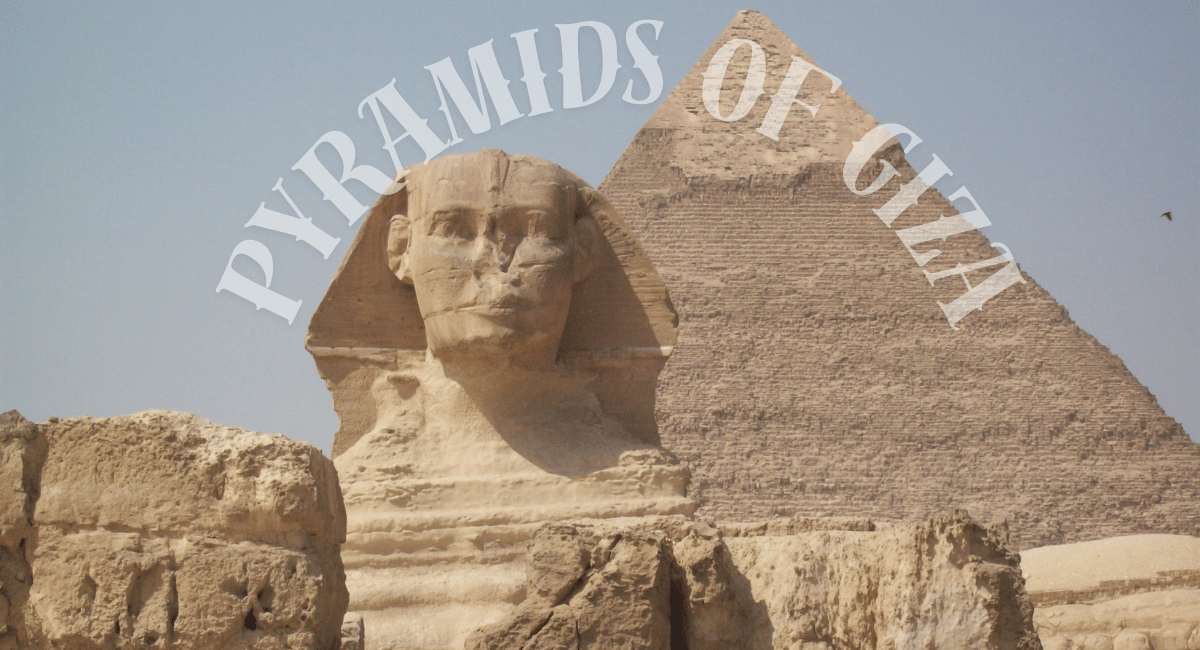
The Pyramids of Giza, located on the outskirts of Cairo, Egypt, stand as some of the most iconic landmarks of the world. Built during the Fourth Dynasty of the Old Kingdom, these ancient structures were constructed as monumental tombs for pharaohs, showcasing the incredible architectural skills and cultural values of ancient Egyptian civilization. The Great Pyramid of Giza, also known as the Pyramid of Khufu, is the largest and most famous of the three, originally reaching a height of 146.6 meters (481 feet). It is a testament to human ingenuity, with over 2 million stone blocks used in its construction. Alongside the Great Pyramid are the Pyramid of Khafre and the Pyramid of Menkaure, each offering a glimpse into the grandeur and complexity of ancient Egyptian engineering.
Visiting the Pyramids of Giza is a journey back in time, allowing travelers to marvel at these remarkable landmarks of the world that have withstood the test of time. The site also includes the enigmatic Great Sphinx, a monumental statue with the body of a lion and the head of a pharaoh, further enhancing the mystique surrounding these ancient structures. Recognized as one of the Seven Wonders of the Ancient World, the Pyramids attract millions of visitors each year, making them a symbol of Egypt’s rich history and an enduring reminder of humanity’s quest for immortality through architecture.
9. Angkor Wat, Cambodia
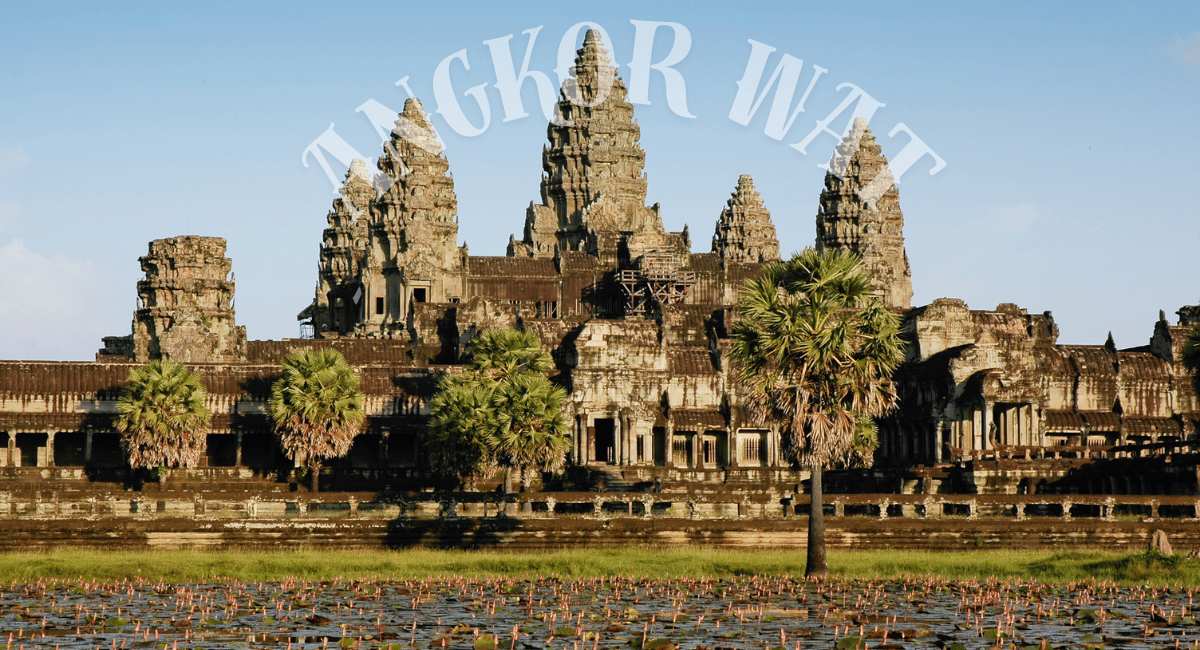
Angkor Wat, located in Cambodia, stands as one of the most magnificent landmarks of the world and a testament to the ingenuity of ancient Khmer architecture. Originally constructed in the early 12th century as a Hindu temple dedicated to the god Vishnu, it later transformed into a Buddhist site. This sprawling complex covers over 162 hectares and features intricate carvings and stunning bas-reliefs that depict various mythological stories and historical events. The sheer scale and artistry of Angkor Wat attract millions of visitors each year, making it a symbol of national pride for Cambodia.
In addition to its architectural grandeur, Angkor Wat holds immense cultural and historical significance. It is a UNESCO World Heritage site and represents the pinnacle of Khmer civilization, showcasing the remarkable achievements of the Khmer Empire at its height. As travelers explore this awe-inspiring monument, they are not only captivated by its beauty but also immersed in the rich history that shaped the region. As one of the most prominent landmarks of the world, Angkor Wat continues to inspire awe and admiration, serving as a reminder of humanity’s ability to create enduring legacies.
10. Christ the Redeemer, Rio de Janeiro, Brazil

Christ the Redeemer, a colossal statue of Jesus Christ, stands majestically atop the Corcovado Mountain in Rio de Janeiro, Brazil. This iconic monument, measuring 98 feet (30 meters) tall, with an additional 26 feet (8 meters) pedestal, was completed in 1931 and has since become one of the most recognizable landmarks of the world. The statue offers breathtaking panoramic views of the vibrant city below, including the famous beaches of Copacabana and Ipanema, as well as the lush greenery of Tijuca National Park. As a symbol of Christianity and a beacon of peace, Christ the Redeemer attracts millions of visitors each year who come to admire its grandeur and the stunning landscape that surrounds it.
The significance of Christ the Redeemer extends beyond its impressive size and architectural brilliance; it also represents the cultural and religious spirit of Brazil. The statue was designated as one of the New Seven Wonders of the World in 2007, further solidifying its status among the most important landmarks of the world. Tourists often share stories and photos of their experiences at this iconic site, making it a must-visit destination for anyone traveling to Brazil. Whether viewed from afar or up close, Christ the Redeemer continues to inspire awe and reverence, embodying the rich history and vibrant culture of Rio de Janeiro.



